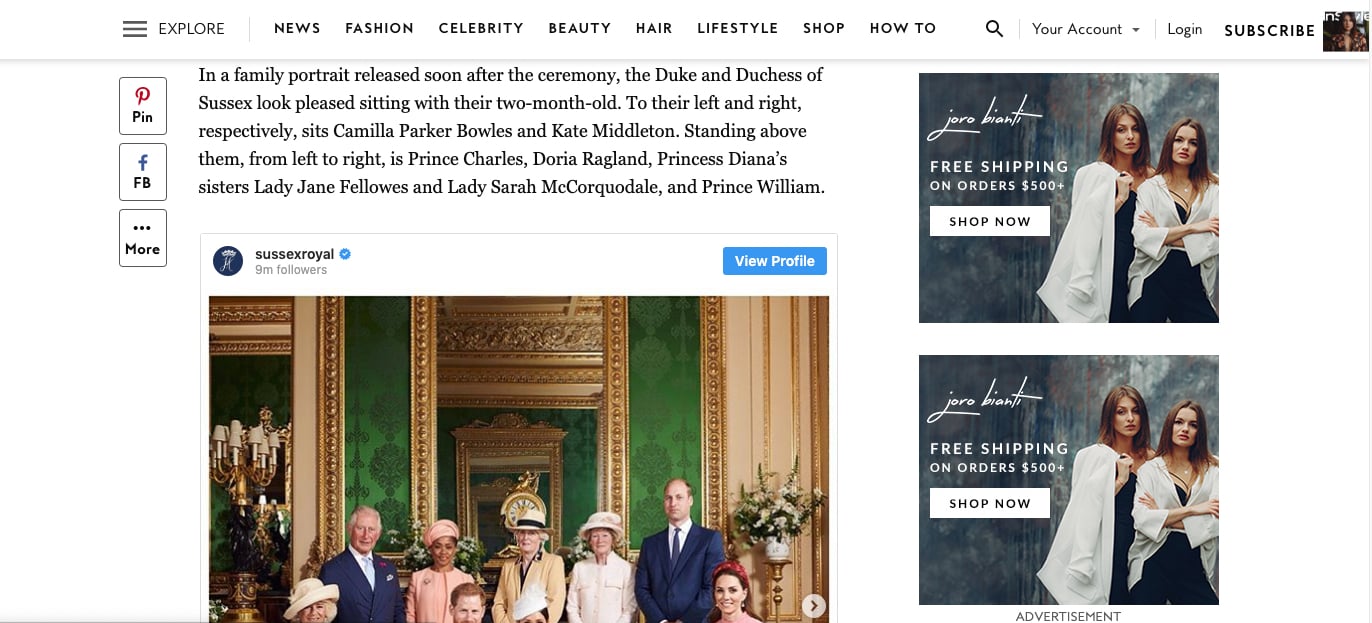Don’t let ad collisions undermine your programmatic display efforts. A better understanding of the forces at play will prevent ad collisions and unintended takeovers and ensure that your ads pack the biggest punch possible.
What happens during an Ad Collision?
The bidding process:
A web page loads from top to bottom. After the code for an ad-tag is loaded, a call is made to the server with details about the user and inventory, and a bidding decision is made. If the user and inventory match the requirements of the campaign, a bid is placed on that ad slot. If you make the highest bid for that target user, your ad is displayed. This entire process happens in a matter of microseconds.
Here’s where things get hairy:
By the time a successful bid is completed on a 728 x 90 ad slot at the top of the page, your company wins another 160 x 600 slot bid. Now you have two ads for the same product displayed on one unsuspecting webpage. This is an ad collision, or unintended takeover, and while it might be beneficial in a few very specific instances, it is not the best use of your precious ad spend in the long term.
How to prevent ad collisions
There are several ways to prevent ad collisions, all of which are used here at Cybba. First, it is important to set frequency caps on the insertion order (IO) and line items for your campaigns. If running media on multiple demand side platforms (DSP), also make sure to study how many impressions were involved in collisions by each publisher.
More on Display Advertising
[Blog] Why People are Ignoring Your Display Ads
[Blog] Expert Q & A: Are Display Ads Worth It?
To learn more about how Cybba can optimize your display advertising campaigns contact us.


